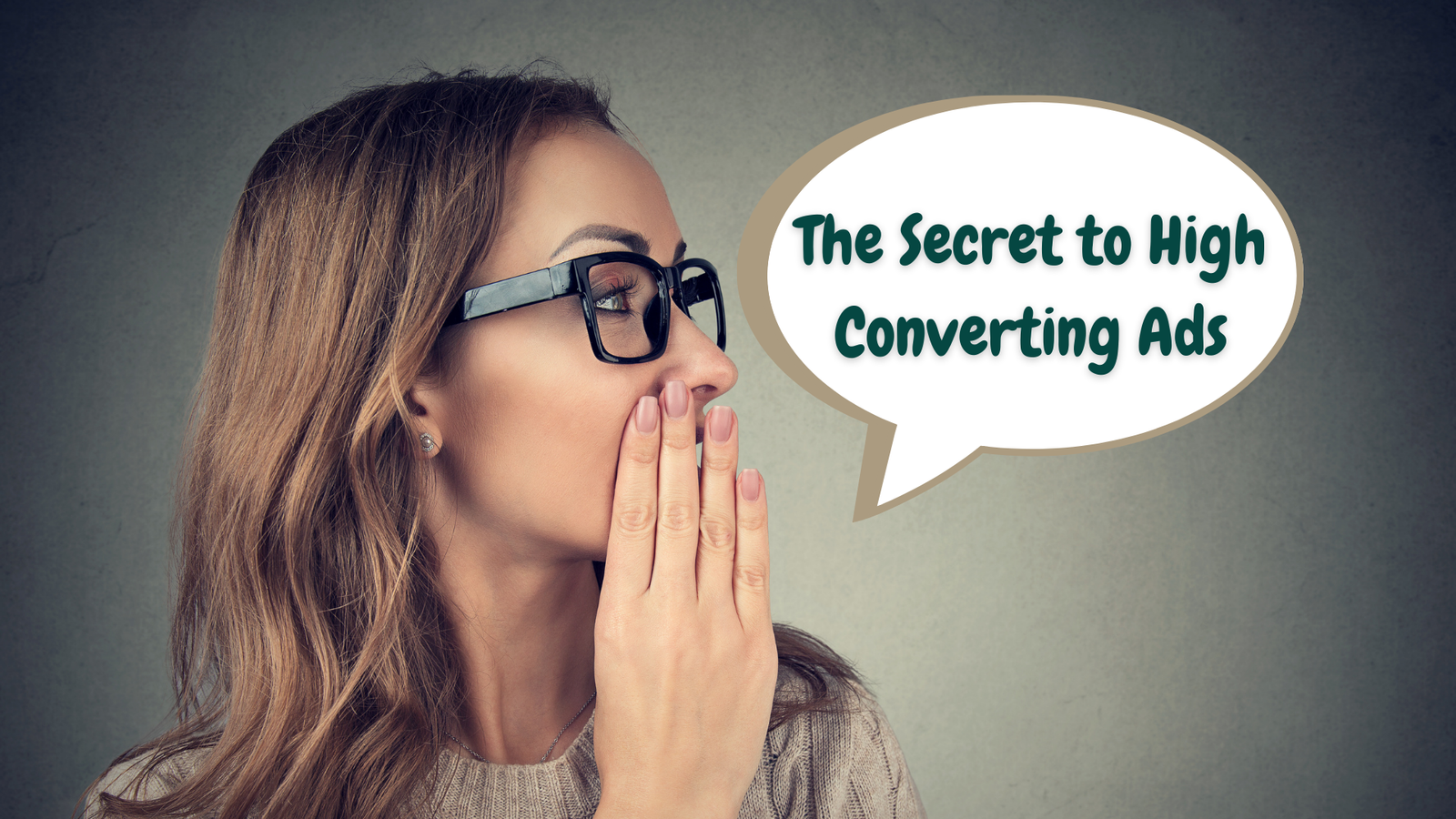Nowadays, you can’t just slap an ad up and expect the money to start rolling in. Ad conversion rates matter, and it can often take months or even years to create high-converting ads. Stop wasting your time and money, and pay attention to the factors that can help you in the long term.

Use these hacks to improve your next campaign:
1. Focus on the Path of Purchase. Understand how your customers are shopping. Do they have a clear path of conversion? Make sure that your campaign is appealing to customers depending on their unique stage in the buying cycle. For instance, if your product name or brand is not well-known yet to the customer, then do not include the product name in your ad copy title. Instead, explaining the service would better lead the customer to try the new product.
However, if the customers are aware of the product or service, but still too wary to buy, then promoting free trials, case studies, and demo videos would be more effective in persuading customers to convert. The “Behaviors” tab of the Google Analytics dashboard allows you to better understand the prospect’s needs and intentions.
2. Create a compelling headline. We all choose a book by its cover. First impressions matter and headlines in a PPC are the first thing that a potential customer will see. Make sure your headline encourages clicks by understanding by speaking directly to your audience and their needs. For instance, creating a sense of urgency can increase product revenue by 27%. This can be accomplished by creating a fear of missing out.
Google gives you 90 characters for your headlines, so make sure that you are making the most of it. Test and retest your headlines to see which version has the highest success rates.
3. Use a retargeting strategy. Use a proper tracking code to get back to potential customers and persuade indecisive visitors to go back to your site. To use this strategy, simply show the same ads to people who have viewed the ad before or shown interest. You can also use a conversion ID such as a discount code in order to track which ads are leading to the conversion.
4. Optimize your landing pages. Split test your landing pages to see which designs have the highest conversion rate. Even something as simple as a color or picture change could make a difference! A high-converting landing page can maximize clicks and traffic.
Make sure your offer is clear and that the tone of the landing page matches the ad. Align your keywords from the PPC ad to the landing page so that the potential leads are landing on a page that matches their search and click objectives. Pay attention to the quality score as well, as this also measures the user experience on the landing page.
5. Optimize click-through rate with keywords. Target the right keywords by understanding where customers are in the marketing funnel. For instance, if most of your audience knows about your product, then do not target keywords that give an introduction. Rather, target keywords that will generate income such as “where to buy ___”. Changing the visuals in the ad will directly affect the click-through rate, while conversions are directly related to the landing page.
In addition, people searching for your brand keywords (“marketANDgrow guidance”) are more likely to convert. Non-branded keywords will have lower conversion and click-through rates, so it is important to make sure these keywords are highly targeted by using keywords that are closely tied with the intent of the user. Test different keyword match types, since exact and phrase match keywords, will improve the position of your ads.
6. Understand the difference between search and display campaigns. Understanding the distinction will allow you to create a more compelling ad for your target audience. Search ads are text-based ads displayed above organic search results, while display ads are image-based ads and banners shown to users.
Click-through rates vary with both networks and the conversion rate should be tracked through conversion codes. Understand your audience’s intent when searching versus when seeing a static display ad when browsing.
7. Use ad groups. These are organized groups of campaigns launched together that manage ads and related keywords. Organizing distinct campaigns allows better tracking of results since these campaigns will be smaller and more focused. Each campaign should focus on a particular product or offering, which will result in more relevant keyword searches. Focusing on these smaller campaigns will make it easier to track which keywords are more effective to increase click-through rates.
8. Include negative keywords. You want to exclude these keywords from search terms when triggering your ad which can boost your conversion rate. Examples of common negative keywords are “free, craigslist, cheap.” By using negative keywords like this, you avoid users who are unwilling to pay for your offering.
Conclusion
Conversions are hard. Finding your true leads takes time, and often, quite a lot of money. With these steps, you can diagnose your conversion issues and fast-track yourself to generating quality leads quickly. Still confused? Book a discovery call with us today for our expert guidance.

